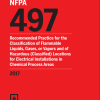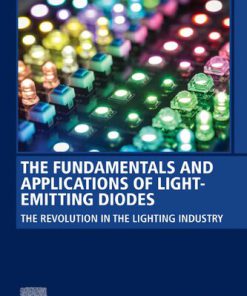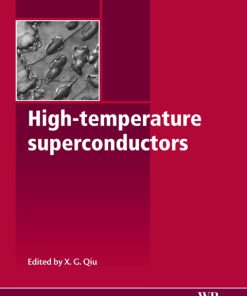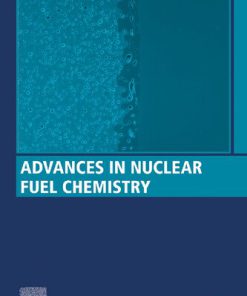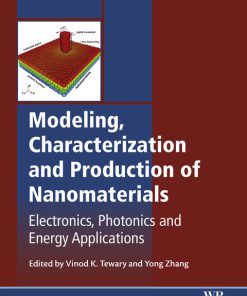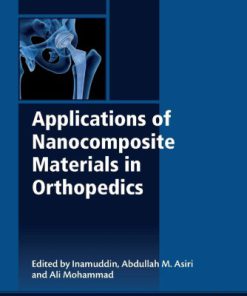Superconductors in the Power Grid Materials and Applications Woodhead Publishing Series in Energy 1st Edition by Rey 9781782420293 1782420290
$50.00 Original price was: $50.00.$25.00Current price is: $25.00.
Superconductors in the Power Grid Materials and Applications Woodhead Publishing Series in Energy 1st Edition by Rey – Ebook PDF Instant Download/Delivery:9781782420293,1782420290
Full download Superconductors in the Power Grid Materials and Applications Woodhead Publishing Series in Energy 1st Edition after payment
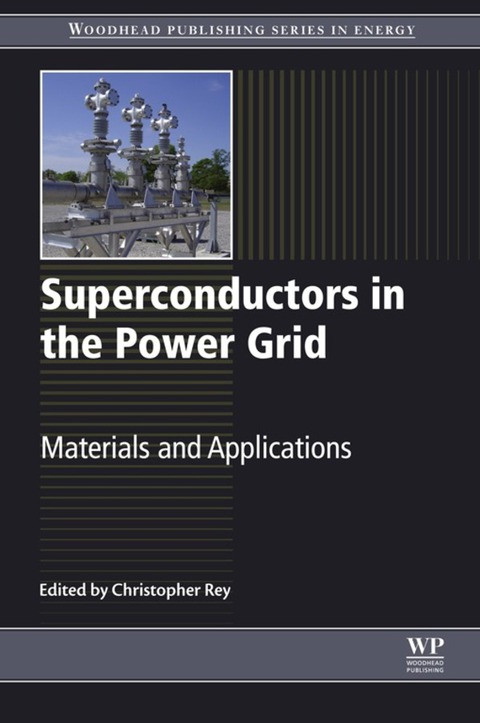
Product details:
ISBN 10:1782420290
ISBN 13:9781782420293
Author:Rey
Superconductors offer high throughput with low electric losses and have the potential to transform the electric power grid. Transmission networks incorporating cables of this type could, for example, deliver more power and enable substantial energy savings. Superconductors in the Power Grid: Materials and Applications provides an overview of superconductors and their applications in power grids. Sections address the design and engineering of cable systems and fault current limiters and other emerging applications for superconductors in the power grid, as well as case studies of industrial applications of superconductors in the power grid.
- Expert editor from highly respected US government-funded research centre
- Unique focus on superconductors in the power grid
- Comprehensive coverage
Superconductors in the Power Grid Materials and Applications Woodhead Publishing Series in Energy 1st Table of contents:
Part One. Fundamentals and materials
1. The power grid and the impact of high-temperature superconductor technology: an overview
1.1. Introduction
1.2. Overview of the electric power grid
1.3. Elements of the electric power grid
1.4. Superconductivity
1.5. Status and prospects of superconductor power equipment
1.6. Conclusion and future trends
2. Fundamentals of superconductivity
2.1. History
2.2. Meissner effect
2.3. London equations and magnetic penetration depth
2.4. Critical currents in type I superconductors
2.5. Magnetization in type I superconductors
2.6. Intermediate state
2.7. Coherence length
2.8. Type II superconductors
2.9. The mixed state: Hc1 and Hc2
2.10. Reversible magnetization in type II superconductors
2.11. Critical currents and irreversible magnetic properties of type II superconductors
2.12. Entropy and free energy
2.13. Bardeen, Cooper and Schrieffer (BCS) theory
2.14. Low-temperature metallic superconductors (LTS): NbTi, Nb3Sn, and MgB2
2.15. High-temperature superconductivity
2.16. Comparison of HTS to LTS properties and summary of fundamental parameters
2.17. Practical superconductors
3. Bismuth-based oxide (BSCCO) high-temperature superconducting wires for power grid applications: properties and fabrication
3.1. Introduction
3.2. Properties of bismuth-based oxide (BSCCO)
3.3. Fabrication of BSCCO superconducting cables and wires
3.4. Applications of BSCCO superconducting cables and wires
3.5. Future trends
4. Second-generation (2G) coated high-temperature superconducting cables and wires for power grid applications
4.1. Introduction
4.2. Second-generation (2G) materials and wire design
4.3. 2G wire fabrication approaches
4.4. 2G manufacturers and wire properties
4.5. Applications (brief review of major applications for 2G wire)
4.6. Conclusion and future trends
4.7. Sources of further information and advice
Part Two. High-temperature superconducting (HTS) cable technology
5. High-temperature superconducting (HTS) AC cables for power grid applications
5.1. Introduction
5.2. High-temperature superconducting (HTS) AC cable design
5.3. AC loss of HTS cables
5.4. Terminations
5.5. Cryogenic refrigeration systems for HTS AC cables
5.6. Principles of fault-current-limiting HTS AC cables
5.7. Inductance and capacitance
5.8. Some major HTS AC cable projects
5.9. Conclusion: commercial prospects for HTS AC cable
6. Using superconducting DC cables to improve the efficiency of electricity transmission and distribution (T&D) networks: an overview
6.1. Introduction
6.2. Superconducting cable systems: key elements
6.3. Superconducting materials
6.4. Cable conductors and electrical insulation
6.5. Cable cryostat
6.6. Cable terminations and joints
6.7. Cryogenic machine
6.8. DC superconductive cable system configurations
6.9. Power dissipation sources in the superconducting system
6.10. Power losses from AC ripples
6.11. Comparing power dissipation in a DC superconducting system to a conventional system
6.12. Opportunities for DC Superconducting Cables
6.13. Conclusions
7. High-temperature superconducting (HTS) power cables cooled by helium gas
7.1. History of superconducting cables
7.2. Introduction to GHe-cooled superconducting cables
7.3. Potential applications of GHe cables
7.4. Technical issues pertinent to GHe-cooled high-temperature superconducting (HTS) cables
7.5. Dielectric design aspects of helium gas-cooled HTS cables
7.6. Design aspects for GHe-cooled HTS cable terminations
7.7. Cryogenic helium circulation systems
7.8. Ongoing GHe-cooled HTS cable projects
7.9. Summary
8. High-temperature superconducting cable cooling systems for power grid applications
8.1. Introduction
8.2. Thermal loads
8.3. Topology of high-temperature superconducting (HTS) cable cooling circuits
8.4. Coolant selection
8.5. Refrigeration system overview
8.6. Types of refrigeration systems
8.7. Recent installations
8.8. Future trends
8.9. Conclusions
Part Three. Applications
9. High-temperature superconducting fault current limiters (FCLs) for power grid applications
9.1. Introduction
9.2. Utility requirements for fault-current-limiting parameters
9.3. Designs and operation principles of various types of superconducting fault current limiters (SFCLs)
9.4. Status of fault current limiters development and implementation
9.5. Comparison of different fault current limiters
9.6. Applicability of superconducting fault current limiters in power systems
9.7. Future trends
9.8. Sources of further information
10. High-temperature superconducting motors and generators for power grid applications
10.1. Introduction
10.2. Principles of superconducting (SC) motors and generators
10.3. Types of SC motors and generators
10.4. Prototypes built to date
10.5. SC wire and cryorefrigeration requirements
10.6. Conclusion and future trends
11. High-temperature superconducting magnetic energy storage (SMES) for power grid applications
11.1. Introduction
11.2. Construction of superconducting magnetic energy storage (SMES): maximising energy storage and minimising cost
11.3. Materials
11.4. Competing technologies
11.5. Markets
11.6. Future developments
12. High-temperature superconducting (HTS) transformers for power grid applications
12.1. Introduction
12.2. Transformers and the electricity grid
12.3. A brief history of superconducting transformers
12.4. High-temperature superconducting (HTS) transformers – general principles
12.5. AC loss in transformer windings
12.6. Cryogenic systems for HTS transformers
12.7. Challenges for HTS transformers
12.8. The HTS transformer value proposition – total cost of ownership (TCO)
12.9. Conclusions
13. Implementing high-temperature superconductors for the power grid in practice: the case of China
13.1. Introduction
13.2. Research and development of superconductors in power in China
13.3. The 10 kV superconducting power substation in Baiyin City, Gansu Province
13.4. Superconducting fault current limiters (SFCLs) and the 360 m/10 kA superconducting DC power cable (Xiao et al., 2012b; Xin et al., 2010, 2013)
13.5. Superconducting magnetic energy storage
13.6. Future trends
13.7. Sources of further information and advice
People also search for Superconductors in the Power Grid Materials and Applications Woodhead Publishing Series in Energy 1st:
superconductors in the power grid materials and applications
what materials are superconductors
what are superconductors made of
materials that absorb electricity
superconductor power transmission
Tags:
Rey,MaterialsApplications,Woodhead,Publishing
You may also like…
Physics - Solid State Physics
Business & Economics - Industries
Business & Economics - Industries



